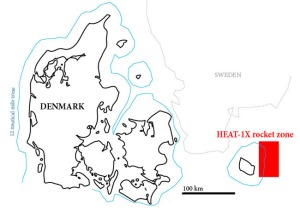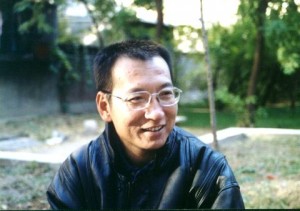“Unparticles” and “unpolitics” are two seemingly unrelated concepts which you might never have heard about before, so let me start by explaining the first one.
So, what is an “unparticle”? In particle physics it has recently been suggested by Howard Georgi, that there exists “stuff” which cannot be thought of as particles:
Unparticle Physics
but nevertheless could be observed at the LHC accelerator in CERN, due to start in 2008. He calls this stuff “unparticles”. This is an intriguing and controversial idea, since our world seems to be well-described in terms of particles.
The idea of unparticles comes from the principle of scale invariance, meaning that the physics of a system remains the same regardless of a change of length (or equivalently energy). Such a scale transformation looks like x -> x’ = (e^s) x. A theory of particles can only be scale invariant if the particles have zero mass and charge: A scale transformation multiplies the mass with a rescaling factor raised to the mass dimension. The standard model of particle physics is surely not scale invariant; the photon, for example, is massless, but its charge is non-zero. However, it is possible that there is another sector of the standard model, the “unparticles”, which interacts so weakly with the known particles of the standard model that they have not been observed; and which is exactly scale-invariant. It is difficult to describe the detailed physics of such a sector, but important characteristics at low energy can be derived from scale invariance. One important consequence is that unparticle stuff will look in the detector like a non-integer number of invisible particles. For example, it could happen that 3/7 particles were missing in the detector. Such an observation would be a very clear sign of something interesting going on!
While you might need a 2 billion EUR detector like LHC to discover unparticles, “unpolitics” is easy to recognize. But, what is “unpolitics”?
While following the general election in Denmark in Nov this year, I thought that a new term, unpolitics, should apply to one of the parties, called New Alliance (Ny Alliance). However, I later realized that such a term already existed, but used as meaning “apolitical”, or “not being concerned with politics”. This is not exactly how I am going to define it.
Ny Alliance (New Alliance) is a danish political party which was founded in May 2007 by Naser Khader and two others. Naser was a member of the Social Liberals Party, but wanted to counter the influence of the right-wing and xenophobic Danish People’s Party. At first, this project gave New Alliance a lot of momentum, and early opinion polls indicated that they could secure 12 out of 179 seats in the Parliament. In the November election they only managed to get 5 seats, and a times it was uncertain if they would be able to be represented at all. Why was this so? One of the main reason, I think, is that New Alliance is a typical representative of what I will call “unpolitics”.
Unpolitics is “stuff” in the world of politics, which is represented by political persons, but which not really can be thought of as politics. In unpolitics, the most important elements are often popular persons, but with no, or just very few, really new ideas. One idea of New Alliance was to reduce the income tax to 40%; a member even suggested that the 40% could be experimentally implemented on Denmark’s third-largest island. This proposal was quickly abandoned. Another idea is free food for school children. New Alliance has been notoriously slow in formulating a detailed party program. When asked about concrete political questions, the typical answer was that such an answer could not be given, since they represented a “new” approach towards danish politics. Their main reason of existence just being to counter the influence of another party. In reality this did not happen.
Therefore, a possible signature of unpolitics is this. Unpolitics is scale invariant: at every scale – large and small – you don’t find any “stuff” of politics, just popular persons.
References: Howard Georgi’s two papers on unparticles, hep-ph/0703260, and 0704.2457 [hep-ph].





 Posted by Kasper Olsen
Posted by Kasper Olsen 